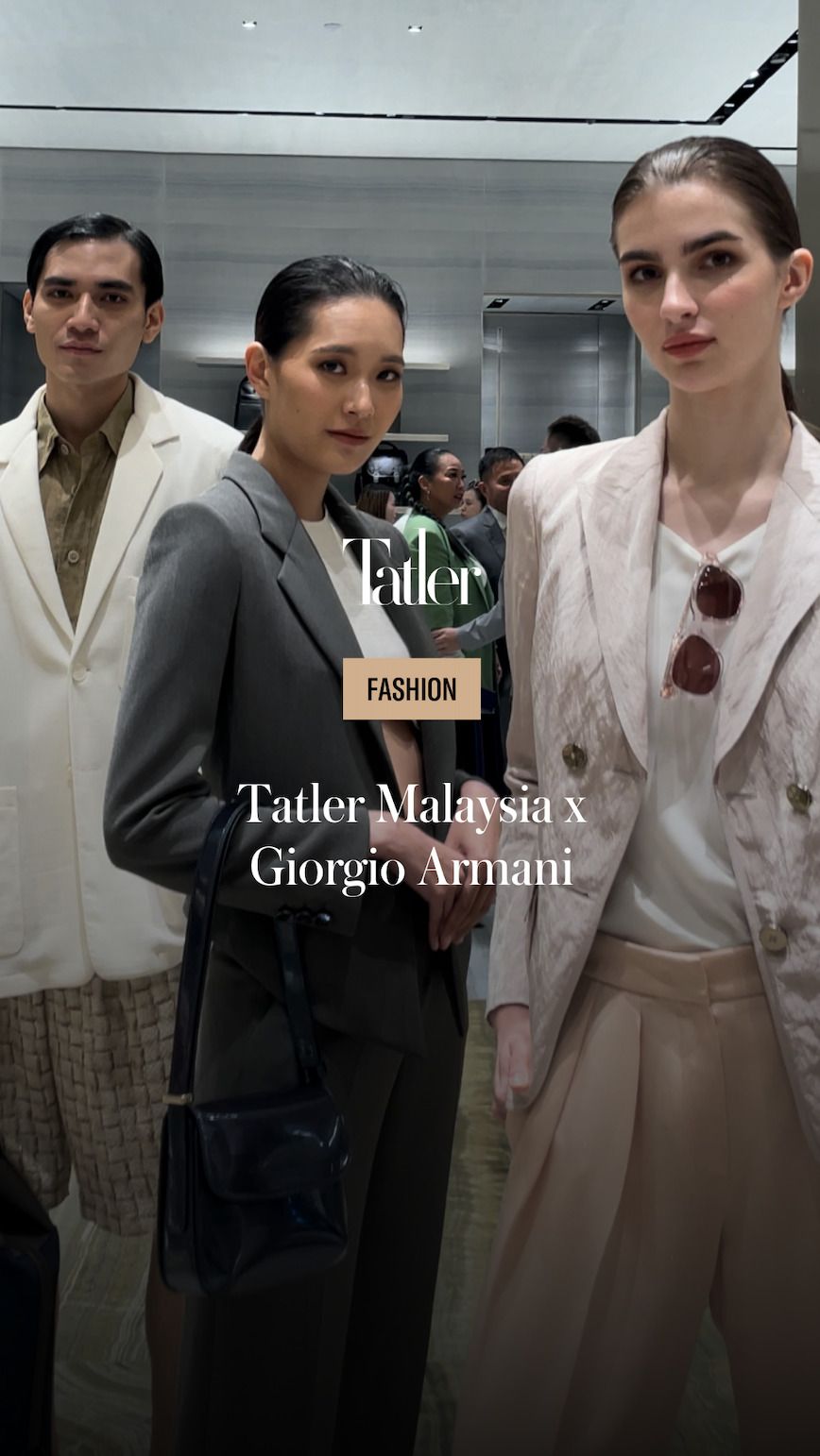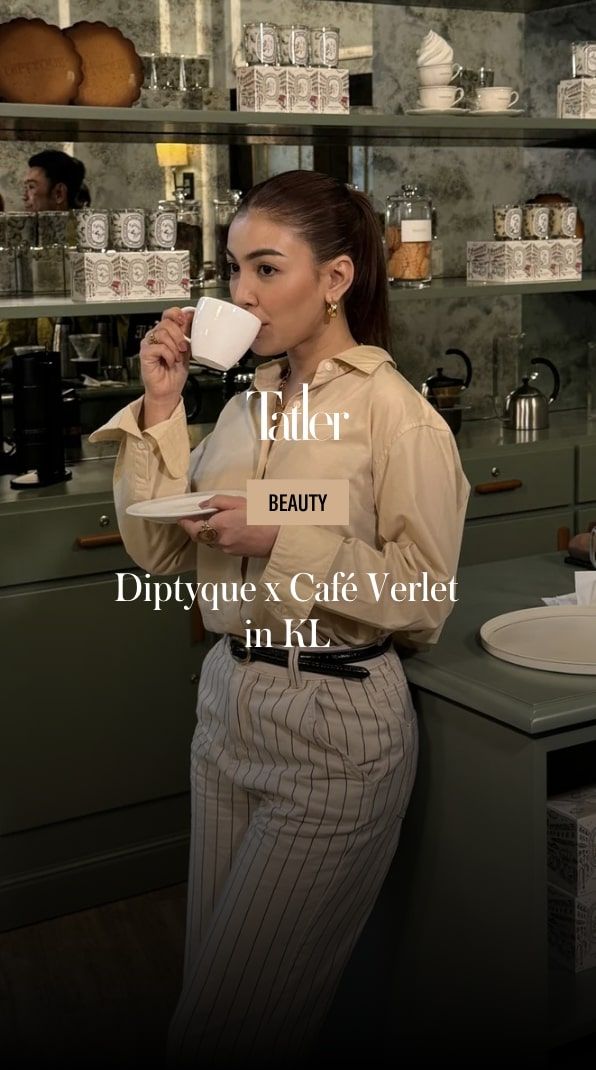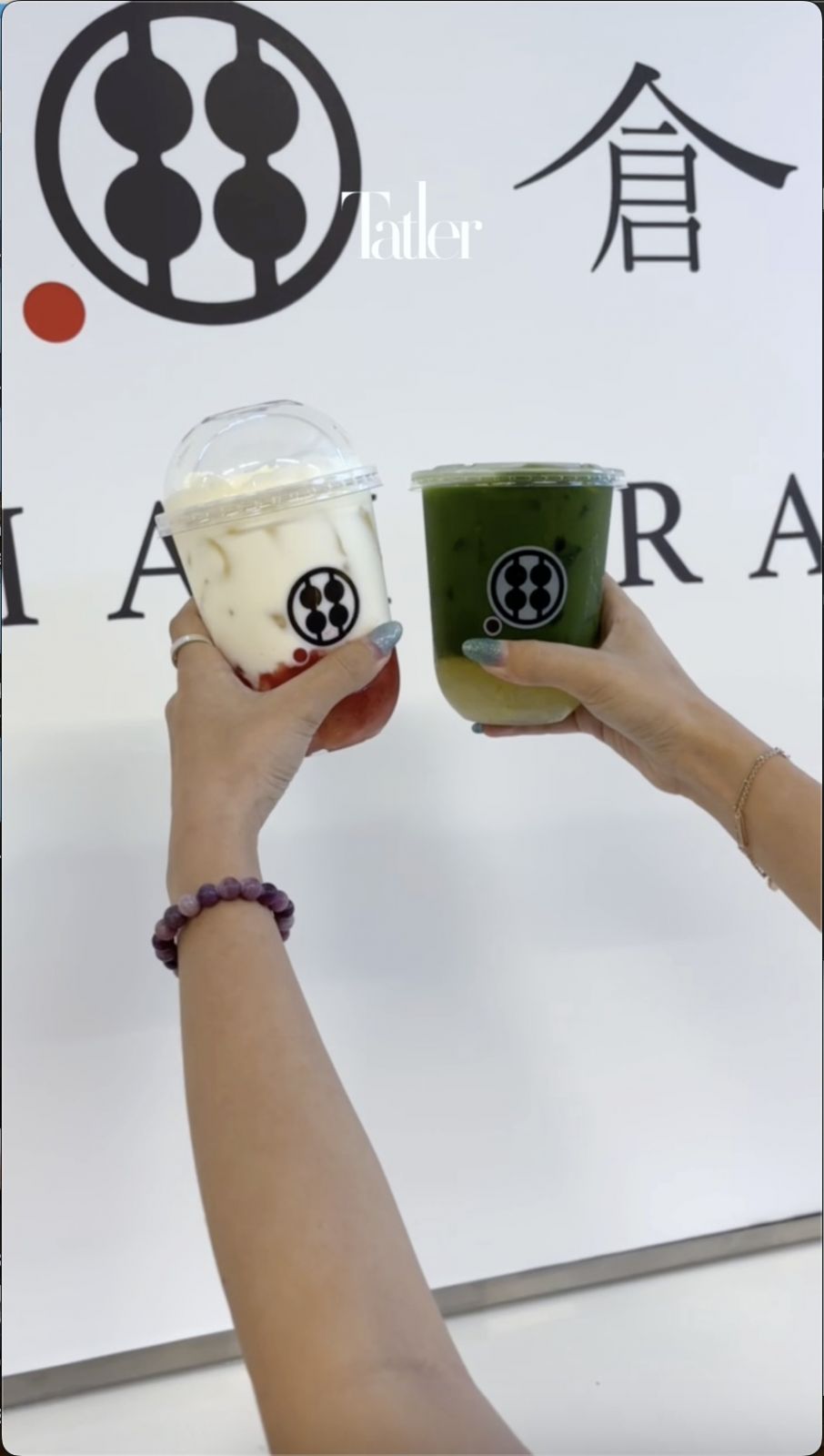Renowned Japanese designer Naoto Fukasawa discusses mastering minimalism and human-centred design
Naoto Fukasawa, the esteemed Japanese industrial designer, has had a profound influence on the global contemporary design landscape. At the core of his ethos lies the “Super Normal” philosophy: a pursuit of harmony where design achieves a delicate equilibrium—neither obtrusive nor unassuming—but seamlessly integrates into everyday existence.
Fukasawa’s work elegantly merges aesthetic beauty with practical utility, resulting in designs that intuitively resonate with their users, and have come to define modern design discourse.
His creations encompass electronic equipment, furniture and interiors for leading brands in Italy, Germany, the US, Switzerland, Spain, China, Korea, Thailand, Taiwan, Singapore, France, Portugal, Sweden and Finland. He is also a consultant to a number of major Japanese corporations.
Read more: Upcoming Not A Hotel Setouchi fuses Scandinavian and Japanese design values


Fukasawa has received numerous national and international accolades, including multiple Good Design Awards, the Isamu Noguchi Award, and the prestigious Compasso d’Oro. His creations are not just objects; they have become part of our cultural lexicon, exemplifying his profound influence on contemporary design aesthetics.
These include Muji’s wall-mounted CD player, Plus Minus Zero’s humidifier, and au/KDDI’s Infobar and Neon phones, which are part of MoMA’s permanent collection in New York. The CD player also resides at the Victoria and Albert Museum, while Fukasawa’s Hiroshima armchair is housed at Designmuseum Danmark.
See also: 5 community-led projects by Riken Yamamoto, winner of Pritzker Prize 2024






















